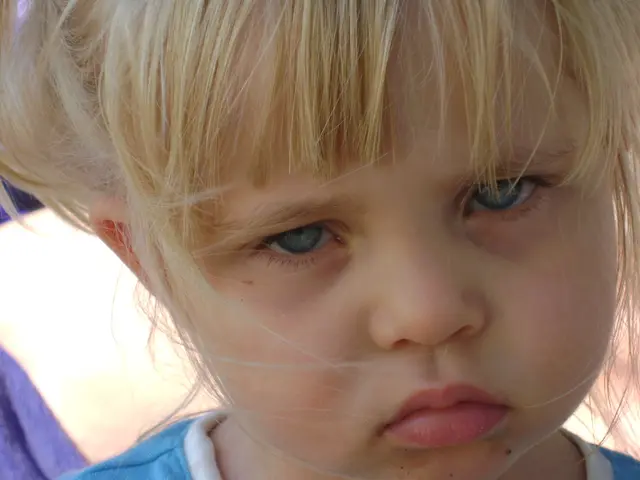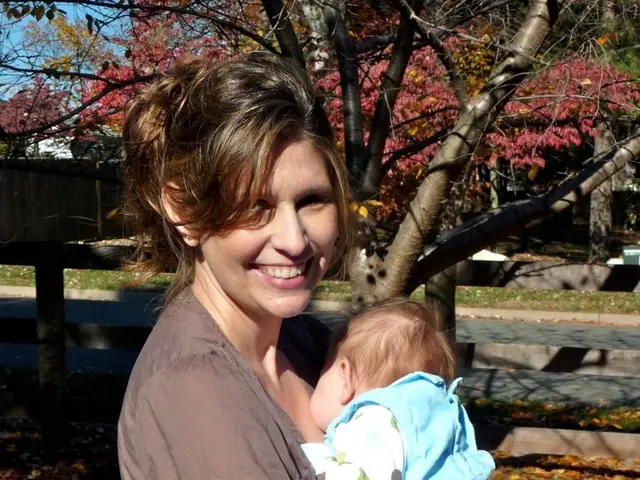Lower Saxony's Education Outlook: Addressing Student Population and Staff Shortages
Reduced Enrollment of Preschoolers and Students: Nation Modifies Population Forecasts - Fewer young students in kindergarten and primary schools.
Hey there! Let's dive into the education scene in Lower Saxony, which might see a dip in preschool and school children numbers - but don't worry, the state isn't just trusting fate to sort things out. The Ministry of Education and Culture is keeping its fingers on the pulse of the situation, acknowledging that it's tricky to accurately predict how plummeting birth rates may affect the accessibility of slots and the care rate in preschools.
Schools, by no means, are immune to challenge. Inclusion and full-day care are adding to the list of problems they're dealing with. But fear not! The state government isn't gonna sit back and twiddle its thumbs if birth rates go south. In fact, the spokeswoman for the Minister of Education, Julia Willie Hamburg (Greens), already hinted that they'll swing into action if that happens. "We won't sit back and wait," she said. "A decline in numbers could ease the situation a bit, but it's no time for celebrations or complacency!"
The state expects the number of students to skyrocket from the current 900,000 to over one million by 2034, before potentially leveling off a little. This wave could roll in as early as 2029 in primary schools.
But here's the catch - teaching conditions, which indicate whether there are enough folks for educating, have flatlined at 96.9%. Yep, you heard that right. Kindergartens and schools are crying out for care times and teaching hours like nobody's business, with many staff feeling swamped as it is.
A Few Strategies to Beat the Staff Shortage Blues
- Winning over Educators: Governments often entice educators with competitive compensation, benefits, professional development opportunities, and flexible work arrangements.
- Training the Troops: Enhancing teacher education and training programs can help generate a steady stream of qualified educators, perhaps by offering financial assistance for training or scholarships.
- Harnessing Community Power: Engaging local communities in education can help fill gaps in staffing, maybe through the incorporation of volunteers or temporary educators into the system.
Peering Into the Future: Projecting Student Population Trends
Predicting student population trends calls for keen analysis of demographic data, birth rates, and migration patterns.
- Demographic Detection: Lower Saxony might carry out demographic analyses to predict future educational needs based on changes in the number of preschool and school-age children.
- Urban vs. Rural Areas: Different trends are likely to emerge in urban and rural areas due to fluctuations in birth rates, migration, and economic conditions.
- Money Talks: Economic conditions, social policies, and cultural factors can shape family size and decision-making regarding education, ultimately impacting student populations.
- To combat potential staff shortages in education, the state government could consider implementing community policy that encourages vocational training programs for individuals interested in teaching, thereby increasing the pool of qualified educators.
- As a part of fostering family-health and mental-health, providing support services and resources through health-and-wellness programs can help reduce stress levels amongst teachers, potentially improving their retention rates and overall job satisfaction.
- In order to address the growing student population trend, schools can partner with universities and research institutions to incorporate science and technology approaches into curriculum, preparing students for the future job market and encouraging parenting practices that prioritize education.








